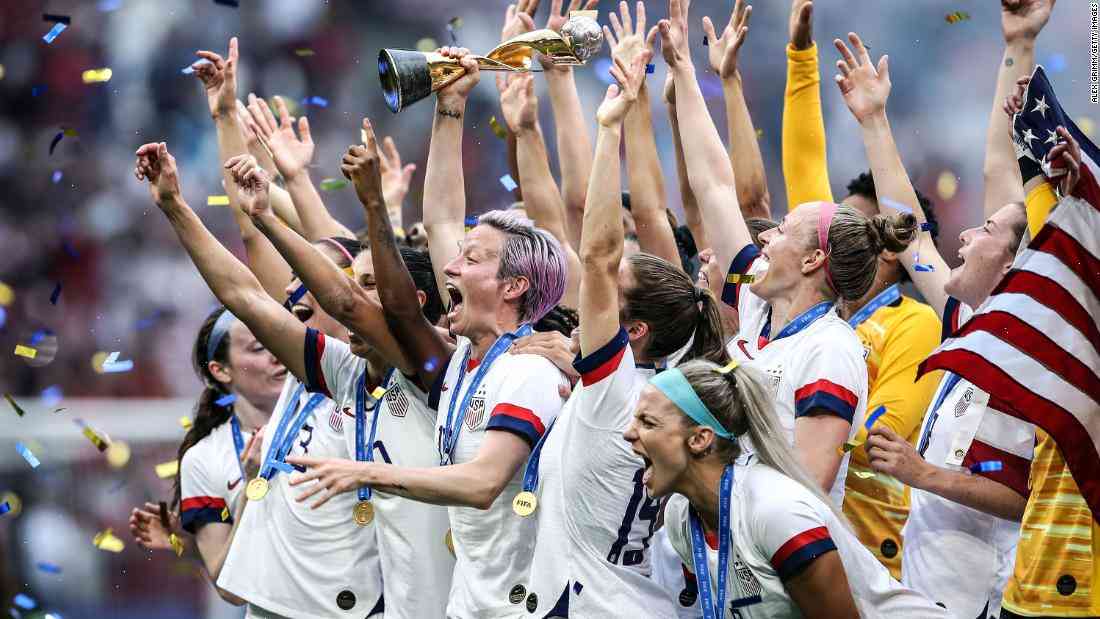Andy Scholes walks through US Soccer’s landmark equal pay deal. Photo: David Gray/Getty Images
When John McEnroe and Patrick McEnroe announced their decision to join the United States men’s national team this year, the news was greeted in the media as a victory by the McEnroe family for their children. “We’re so proud of Patrick, who is now the only male in the family to reach the senior level of the sport, and John, who went on to win the silver medal at the 2004 Olympics,” said his father, John Sr., who lives in Canada. “We’re all very happy for them.”
The reality is, it’s not that simple. There are a lot of ways football can be unfair: the way it is designed, the manner in which it is distributed, the way it is practiced, even how it is performed by professional players. It’s important to acknowledge that the US national team is not immune from these problems, but it’s also important not to give sports a free pass. Because while players who are born to play the game will probably do so, the best players who are born into the sport to fulfill its potential — or who simply happen to have athletic genes — have a leg up on the rest of the game, even in their own sport.
I say all of this because the US women’s national team hasn’t been as fortunate as the men’s team, at least not yet. Just five athletes — all current players on the senior team — were born to play football. Of the women who have ever won Olympic medals, three — Meryl Davis, Kelly Holmes, and Nastassja Kladar — have played for the country’s national teams. Two others, Brandi Chastain and Aya Miyama, were born to play a sport that they didn’t play, but they both played the game in high school, and the former of them became

